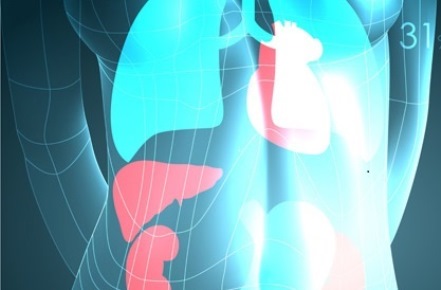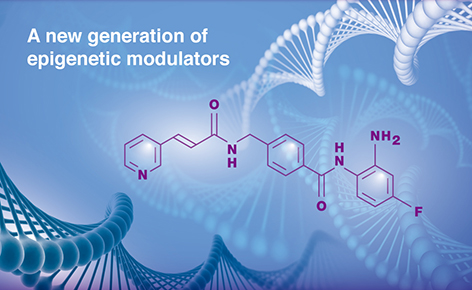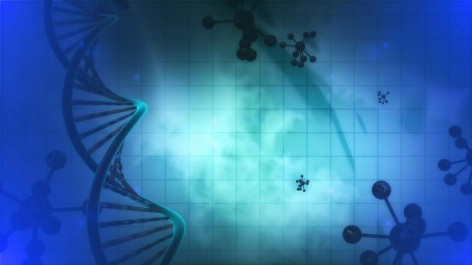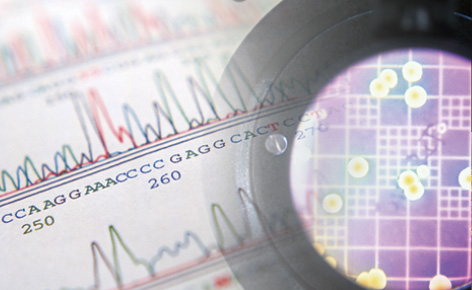Technology & Products
Meet the treatment needs of advanced cancer patients with new generation cancer immunotherapy
How can cold tumors or immune-excluded tumors transform into hot tumors? This is crucial to the success of immunotherapy, with the most important issue being the dynamic composition of the TME. It is essential to remodel it into a state with an inflammatory response and attract a large infiltration of CTLs into the TME. Additionally, it is imperative to consider how to prevent environmental factors from causing these CTLs to be induced and exhausted too quickly, thus losing their ability to attack the tumor. Based on the various factors mentioned above, it is necessary to conduct in-depth research on drug X that remodels the TME. For many years, many researchers have been interested in drug X and have conducted a large number of clinical trials. Unfortunately, the probability of success has been quite low, mainly due to the excessive toxicity caused by the combination of drug X or the inability to meet the primary endpoints.
Over the past several years, the R&D team at GNTbm has focused on developing novel drugs that remodel the TME, primarily in two categories suitable for combination with ICIs. One of the categories is epigenetic immune activators, which uniquely regulate gene expression in TME cells through epigenetic modulation. This effectively attracts a large influx of cytotoxic T lymphocytes (CTLs) into the TME, normalizes tumor vasculature, reduces hypoxic conditions in the TME, enhances antigen presentation effects, and inhibits the excessive attraction of immunosuppressive cells to the TME. These multiple characteristics contribute to remodeling the TME, transforming cold tumors into hot tumors, thereby benefiting cancer immunotherapy.
.
The TME varies greatly depending on the type of cancer, but most solid tumors are classified as cold tumors, making them difficult to be treated with single-agent ICIs. On the other hand, ICIs do not possess the activity of remodeling the TME, and it is essential to combine them with drug X in order to achieve synergistic anti-cancer effects. GNTbm has independently developed two drugs, the first drug epigenetic immunoactivator GNTbm-38, involves gene regulation as its main pharmacological mechanism, accompanied by a potent tumor immune-stimulatory activity. The second drug is a multi-tyrosine kinase inhibitor GNTbm-TKI with strong immune activation effects. They are described as follows:
GNTbm-38
1. Unique Tumor Immune Mechanism: GNTbm-38 is an epigenetic immune-activating drug independently developed by GNTbm for cancer immunotherapy. GNTbm-38 monotherapy is applied to lymphomas and hematologic cancers, while combination therapy with ICI plus anti-angiogenesis drug, which can transform cold tumors into hot tumors, will greatly expand the range of indications and significantly enhance the benefits of cancer immunotherapy.
2. Class of epigenetic-regulatory drugs: GNTbm-38 is the benzamide based class I HDAC inhibitor, classified as a new chemical entity new drug, administered orally.
3. Drug with activity of epigenetic immune activation: GNTbm-38 differs significantly from past epigenetic modulators in that it possesses activity of potent tumor immune activation, selected through a preclinical animal testing platform with robust immune responses.
4. Essential component for cancer combination immunotherapy: GNTbm-38 can be combined with ICI for enhancing the treatment effect of hot tumors; it can also be combined with ICI and anti-angiogenesis drug for the immunotherapy of cold tumors. Therefore, it is reasonable to expect that GNTbm-38 can provide better cancer immunotherapy efficacy when combined with anti-PD-1/VEGF or anti-PD-L1/VEGF bispecific antibody.
GNTbm-TKI
1. Unique immune-regulating multi-tyrosine kinase inhibitor: Although many multi-tyrosine kinase inhibitors have been approved by the US FDA, there are not many that are primarily focused on immune regulation. GNTbm has independently developed the orally administered GNTbm-TKI, which is a potent inhibitor of TYRO-3, AXL, c-MER, BTK, ROS1, NTRK2, MET, and VEGFR2, demonstrating strong immune regulation, inhibition of tumor growth, suppression of tumor metastasis and invasion, as well as anti-angiogenesis activity.
2. Multi-tyrosine kinase inhibitor with potent immune modulation: The inhibition of those targets primarily obtains synergistic and potent immune modulation activity, which can remodel TME. When combined with ICI, it is expected to achieve superior therapeutic benefits.
3. Compared to marketed drugs, it has an absolute competitive advantage: Head-to-head tests in animal models against the marketed drug Cabozantinib and the soon-to-be-launched new drug Zanzalintinib show stronger immune-regulating activity, making it more suitable for cancer immunotherapy.
4. Essential component for the new generation of cancer combination immunotherapy: Cancer immunotherapy has entered the next generation, requiring the combination of ICI or anti-PD-1/VEGF or anti-PD-L1/VEGF bispecific antibody with drug X. As a drug X, GNTbm-TKI has a unique mechanism of action, and the combined mechanisms of action with the aforementioned drugs is strong, allowing for a powerful synergistic anti-cancer effect, significantly enhancing the effectiveness of cancer immunotherapy.
5. Treatment for different indications : GNTbm-TKI monotherapy for neuroendocrine tumors; combination therapy for various solid tumors, including advanced renal cell carcinoma, colorectal cancer, and head and neck cancer.
-
 Uncovering the anti-cancer mechanisms of Immuno-Oncology
Uncovering the anti-cancer mechanisms of Immuno-OncologyCancer immunotherapy are classified as the latter with many anti-cancer benefits. Cancer immunotherapy is to reactivate or awaken the patient‘s immune system, therefore restores the ability of immune system to attack the tumor, and produces immune memory so that the tumor is not easy to recur. This mechanism does not rely on drugs direct killing of cancer cells. In cancer immunotherapy, tumor microenvironment regulators have the most potential for inducing excellent tumor response.
Read more -
 Tucidinostat/Chidamide (Trade name in Mandarin :剋必達®, Trade name in English : Kepida®)
Tucidinostat/Chidamide (Trade name in Mandarin :剋必達®, Trade name in English : Kepida®)Chidamide belongs to a new generation of epigenetic regulators and is a highly regarded new type of targeted cancer therapy that is mainly used for the treatment of solid tumors, lymphomas, and other hematopoietic tumors. Furthermore, its epigenetic regulation is a very promising mechanism that can be combined with endocrine drugs to reverse the drug resistance caused by the long-term use of endocrine inhibitors.
Read more -
 Epigenetic Immunoactivator
Epigenetic ImmunoactivatorEpigenetic immunoactivators are agents that can effectively activate the immune system, used for treating cancers caused by dysregulation of epigenetic controls, and for remodeling the TME in cancer immunotherapy, effectively transforming “cold tumors” into “hot tumors” and significantly enhancing the tumor response rate. GNTbm-38 is an orally administered new chemical entity independently developed by GNTbm; it is an epigenetic immunoactivator that has completed preclinical studies and is currently undergoing new drug IND applications in the United States, Taiwan, and China.
Read more
-
 Potent immune-regulatory multi-tyrosine kinase inhibitor
Potent immune-regulatory multi-tyrosine kinase inhibitorIn the past 20 years, multiple tyrosine kinase inhibitors have been approved for the treatment of cancer and other indications. The GNTbm R&D team focuses on the development of multi-tyrosine kinase inhibitors with strong immune activation, for primary application in cancer immunotherapy. Therefore, the GNTbm R&D team has independently developed a novel immune-regulating multi-tyrosine kinase inhibitor, GNTbm-TKI.
Read more
-
 Product Pipeline
Product PipelineGNTbm focuses on the R&D of epigenetic regulation, tumor microenvironment regulation, epigenetic immune regulation, and immunoregulatory multi-kinase inhibitors. The first step is to develop new indications for Tucidinostat simultaneously with international pharmaceutical companies; the second is independent R&D of tumor microenvironment regulators (TMRs); the third, independently developed epigenetic immunoactivator (GNTbm-38) ; and the fourth is the independent development of immunoregulatory multi-kinase inhibitor drugs (GNTbm-TKI).
Read more



